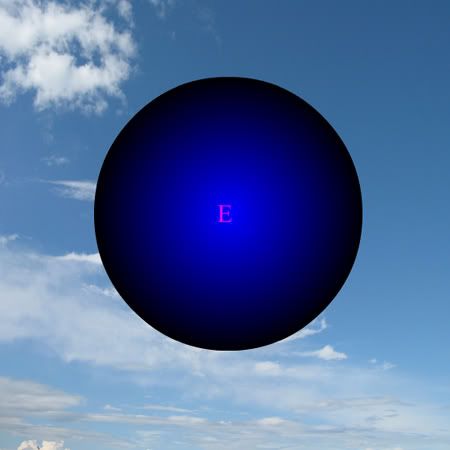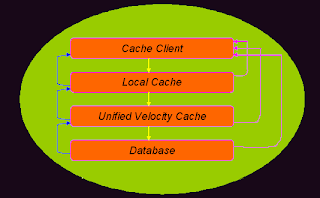Triangulation/Trilateration in GPS
Global Positioning System (GPS) has made a tremendous impact in our life and has become immensely popular in recent times. GPS receivers are omnipresent and the applications of GPS extend beyond technology purposes. At the core of this wonderful technology is a simple mathematical/geometrical concept called trilateration or triangualation. Imagine you are lost one day and you don't even know if you are on the northern or southern hemisphere. All that you have is a GPS device with you to locate yourself.
To start off, you are situated somewhere on the surface of the earth (Now don't tell that the earth is not a perfect sphere). Your GPS device receives position and time (sent) information from GPS satellites and the distance is calculated based on the standard distance-time formula given the fact that radio signals from GPS satellites travel roughly with the speed of light. The key problem here is that you don't know the direction but you only know the distance from a satellite.
-->
-->



Consider the blue sphere as the earth E. We are trying to locate a point P on the surface of the earth.
When your GPS device calculates the distance x from satellite say S1, you know that you might be located anywhere on the surface of a sphere of radius x with S1 as the centre. But you don't know in which precise angle you are located in the 360 degrees. Now when your GPS device gets hold of another satellite S2 and calculates the distance y from it, you can apply the geometric principle that spheres intersect in a perfect circle to narrow down your position to somewhere on the perimeter of a circle. Now, the point at which this circle intersects with the earth should give your location on earth. Now when your GPS device calculates the distance z from a third satellite S3, the sphere of radius z with S3 as centre will intersect the circle of intersection of the other two spheres at two points. Only one of those two intersection points will actually lie on the surface of the earth and the other point will lie in space. The point on the surface of the earth will give your location on earth.
GPS satellites transmit time information derived from high accuracy atomic clocks but the GPS receivers cannot afford such high precision clocks. There are several factors that might introduce errors in GPS like clock inaccuracies, rounding errors, multipath and atmospheric effects, etc. Since the earth is also not a perfect sphere, GPS receivers generally look to four or more satellites to compute the precise location.


 I had a chance to handle this phone after my friend bought it last week. As far as the design is concerned, holding the phone in my palms was a bit awkward considering the width (56.5 mm) of the phone but it is an advantage when it comes to a bigger screen experience. The phone with a plastic body is light weight but still sturdy and looks plain and simple. From the design perspective there is a dedicated keypad lock/unlock button on the right side. Virtual keypad means minimum buttons on the front panel and maximum screen size. The capacitive touchscreen performs well and the interface is intelligently designed for easy navigation of menu items. The menu icons can be docked on the left side for quick access or pulled out from the menu which spans 3 pages that can be easily flicked through. The 2MP camera shoots well in good lighting conditions and the single finger image zoom option is handy while viewing pictures. The phone has a gamut of applications and widgets to integrate with the internet and the social networking world. The sound quality is good and watching videos in a wide screen is comforting as well.
I had a chance to handle this phone after my friend bought it last week. As far as the design is concerned, holding the phone in my palms was a bit awkward considering the width (56.5 mm) of the phone but it is an advantage when it comes to a bigger screen experience. The phone with a plastic body is light weight but still sturdy and looks plain and simple. From the design perspective there is a dedicated keypad lock/unlock button on the right side. Virtual keypad means minimum buttons on the front panel and maximum screen size. The capacitive touchscreen performs well and the interface is intelligently designed for easy navigation of menu items. The menu icons can be docked on the left side for quick access or pulled out from the menu which spans 3 pages that can be easily flicked through. The 2MP camera shoots well in good lighting conditions and the single finger image zoom option is handy while viewing pictures. The phone has a gamut of applications and widgets to integrate with the internet and the social networking world. The sound quality is good and watching videos in a wide screen is comforting as well.